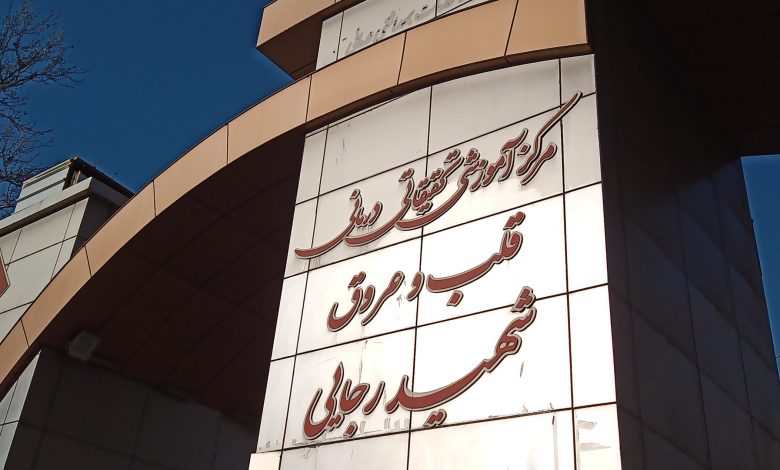Saving Little Hearts: A Major Milestone for Iranian Medicine

On April 18, 2025, the results of 10 years of pediatric heart transplantation at Iran’s only active and leading center for pediatric heart transplants were published in the latest issue of Pediatric Transplantation journal.
In a landmark achievement for Iranian medicine, the results of a decade-long effort in pediatric heart transplantation at the country’s leading center were published in the latest issue of Pediatric Transplantation journal.
The Shaheed Rajaei Cardiovascular Medical and Research Center currently stands as Iran’s sole and pioneering institution dedicated to the treatment of pediatric heart failure and heart transplantation in individuals under 18 years of age. The Pediatric Heart Failure and Transplantation Unit was established in 2012 under the leadership of Dr. Mohammad Mahdavi, a pediatric cardiology subspecialist.
Heart failure, a condition where the heart cannot adequately pump blood to meet the body’s needs, presents significant clinical challenges. Managing pediatric heart failure is notably more complex than in adults, requiring not only advanced medical expertise but also immense patience, emotional resilience, compassion, and commitment from the medical team. The burden of the disease impacts not just the young patients but also their entire families, further highlighting the need for comprehensive, empathetic care.
Despite advancements in medical science, heart transplantation remains the only definitive treatment for end-stage heart failure. In pediatric cases, the challenges of transplantation — from surgical complexity to post-operative management — are exponentially greater.
Successful pediatric heart transplantation represents a major benchmark for the scientific and organizational strength of any healthcare system. Around the world, many medical institutions aspire to reach this level of proficiency.
From Early Struggles to a National Success Story
Prior to the 2010s, Iran lacked a specialized center and team for pediatric heart failure, resulting in the loss of many young lives. With the establishment of the Pediatric Heart Failure Unit at Shaheed Rajaei Heart Center, the first pediatric heart transplant was performed in 2012. By 2014, under Dr. Mahdavi’s leadership, the center had formed a dedicated, fully operational pediatric heart transplant team.
The recent study, beyond providing scientific insight into transplant outcomes, serves as a testament to the extraordinary dedication, compassion, and teamwork of the physicians, nurses, and staff involved.
Between 2012 and 2022, the center successfully performed 225 pediatric heart transplants. Among these cases, 48 patients unfortunately passed away post-transplant. Survival rates were notably strong: 85.7% at one year, 79.7% at three years, and 73.9% at five years — figures comparable with those of the world’s leading medical centers.
In summary, more than 70% of Iranian pediatric heart transplant recipients survive five years or longer.
A Commitment Sustained Even Through Crisis
Remarkably, during the COVID-19 pandemic — a time when many healthcare services around the world were suspended — the Pediatric Heart Transplant Team at Shaheed Rajaei Heart Center continued their lifesaving work without interruption, underscoring their profound commitment to their young patients.
As of April 18, 2025, the center has completed 260 successful pediatric heart transplants.
Nonetheless, the journey highlights a sobering reality: many children in need of a heart transplant still lose their lives due to a shortage of suitable donor organs. This underscores the critical need for stronger public awareness and cultural promotion of organ donation.
Ultimately, the mission of the Pediatric Heart Failure and Transplant Team is clear: to reduce the suffering of children and give them a chance at a longer, fuller life. As Dr. Norman Edward Shumway, the father of heart transplantation, once said:
“What mattered to us was finding a way to help patients live a little longer — to allow them to be with those they loved, and to do the things they loved, for a little longer. It was a very simple hope, but it was one we fulfilled. That is the best legacy we could leave for humanity.”




